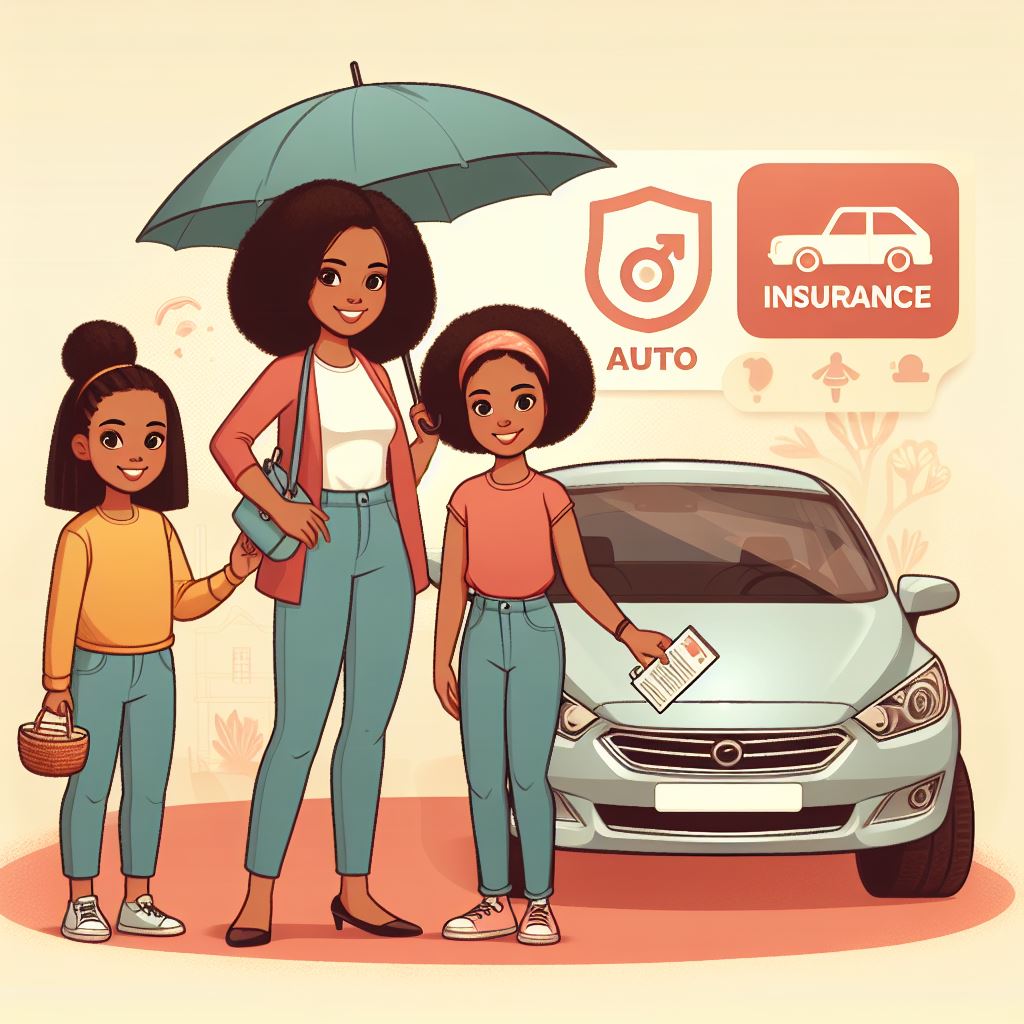
The Effect of Traffic Congestion on Queens Auto Insurance rates Premiums
Traffic congestion is a common phenomenon in Queens, New York, with its bustling streets and dense population contributing to heavy traffic during peak hours. However, beyond causing delays and frustration for drivers, traffic congestion can also impact auto insurance premiums in the area.
Queens auto insurance consider traffic congestion as a risk factor when determining premiums for drivers in Queens. The logic is simple: areas with high levels of traffic congestion are more prone to accidents, which can lead to higher insurance claims and increased costs for insurers. As a result, insurance companies may adjust their rates accordingly to reflect the elevated risk of insuring vehicles in congested areas.
The presence of traffic congestion can also lead to a higher likelihood of minor collisions and fender-benders, which may result in more frequent claims for property damage or minor injuries. Additionally, congested roads increase the chances of rear-end collisions and other accidents caused by sudden stops and erratic driving behaviors, further contributing to insurance claim frequency and severity.
Moreover, traffic congestion can impact response times for emergency services, including police, fire, and medical personnel, in the event of an accident. This delay in emergency assistance can exacerbate injuries and property damage, potentially leading to higher insurance payouts for medical expenses and vehicle repairs.